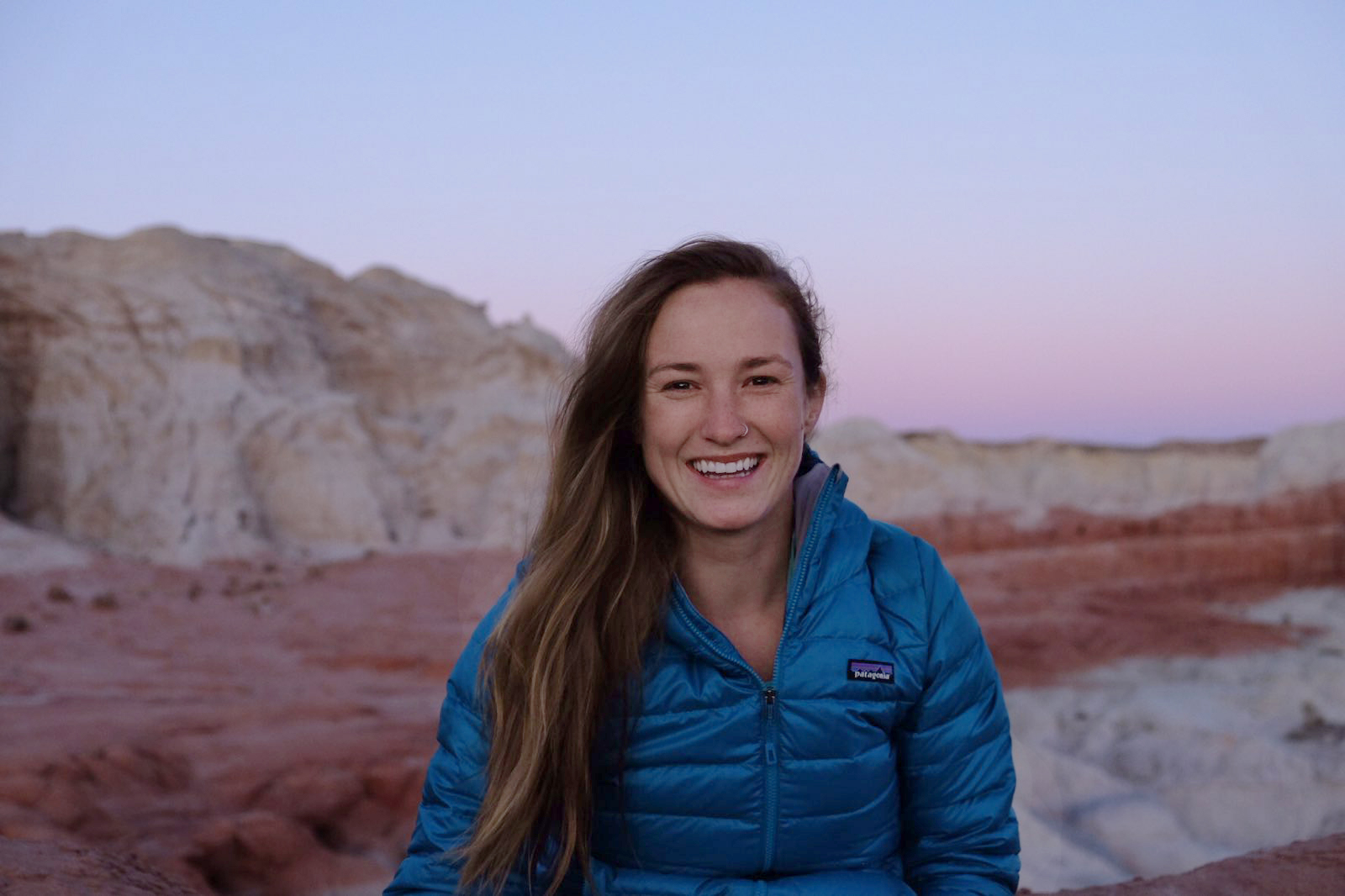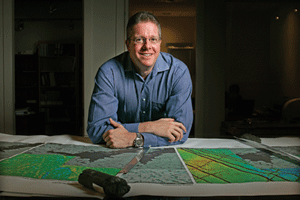Designing the next outdoor gear

As the fields between Golden and Fort Collins, Colo., rolled by the window of her family’s car, then 12-year-old Karen Gilsdorf ’15 made an announcement: she was going to be an engineer when she grew up. She had just competed in a Lego robotics competition at Mines earlier that day, and her team won the prize for innovative design. From that point, it seemed like she had her life’s path drawn out.
Fast forward to her senior year in high school, when she was accepted into Mines, and then further into the future as she took her classes seriously but also realized that college was a time to experience as much as she could. She became a resident assistant, joined the Society of Women Engineers, Sigma Kappa and the American Society of Mechanical Engineers, wrote for the student newspaper and was elected vice president of the Panhellenic Council.
Despite her carefully laid plans, Gilsdorf still came to a major fork in the road. As an incoming senior, she was offered a great job in the oil and gas industry. But Gilsdorf had long wanted to design more comfortable and sustainable ski boots, something she hoped would get her into the outdoor gear industry. After some deep conversations with her academic advisor, Gilsdorf turned down the job and started cold-calling, networking and making connections however she could to pursue her passion.
“It was absolutely terrifying. But also, so very liberating. I didn’t quite grasp it at the moment, but if I was ever to take a chance with my career, that was the best possible time,” said Gilsdorf.
About eight months passed, and with a little luck from LinkedIn and several people in her network, Gilsdorf was offered a job at Patagonia, one of the world’s premier outdoor gear companies. She’s currently a material developer for trims, meaning she works on design and develops and sources all materials that are not the actual fabric of a product—think buckles, luggage hardware, elastic, zippers and webbing.
Part of her work includes the computer-aided design of customized hardware, one of her favorite parts of the job. 3D printers give her the opportunity to rapidly prototype and get feedback on solutions to gear problems.
“It is so genuinely fun. I feel silly saying that, but it’s true,” Gilsdorf said. “I’m in a unique position that enables me to brainstorm concepts alongside designers, without being in a design role, and work directly with my suppliers to see it through to completion. Because trims tend to be a small, niche area, I have a ton of freedom in the design aspects and get to continually bring new concepts to the table.” Her education from Mines plays into her job on a daily basis through base material knowledge, project management and design principles.
Gilsdorf considers herself extremely lucky to have landed her very first gig at Patagonia. She truly believes in the company’s mission, and its dedication to being ethically sustainable guides Gilsdorf in her work.
“I have a unique vantage point to see what that means from an R&D perspective, but it shows throughout the core of the business,” she said. “Whether that means helping to fund and build sustainable supply chains from scrap, only using organic cotton or donating everything on Black Friday in 2017 to environmental grants, there is never any doubt about what our goal is. And that’s pretty special. I have this conversation with my suppliers all the time: we aren’t here for a ‘one-season wonder’ eco-friendly product. We’re here to entirely change the industry.”
Gilsdorf still hopes to one day design ski boots in a sustainable way, no doubt something that would make her younger self jump for joy.



